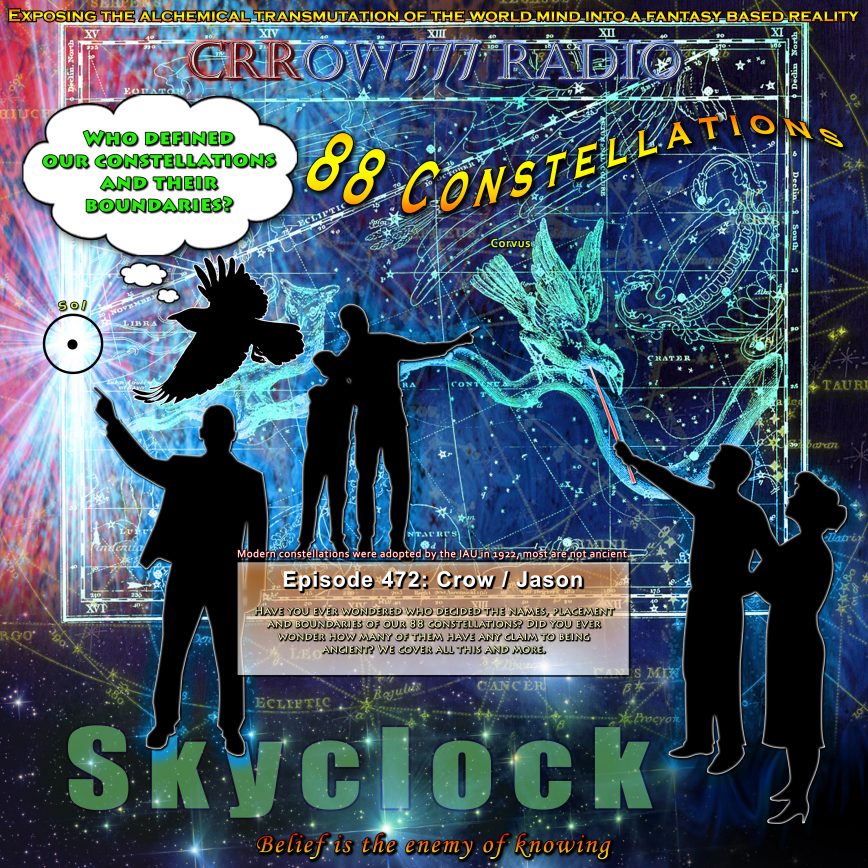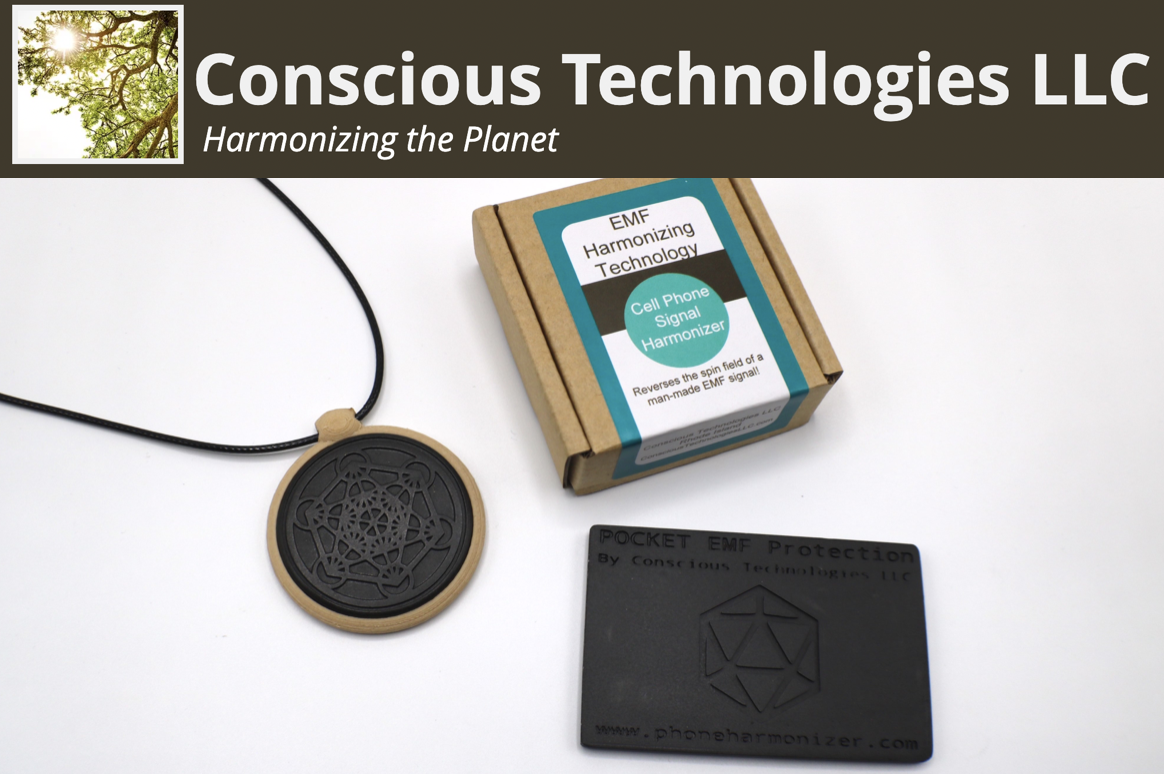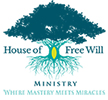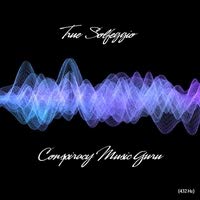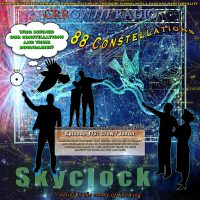
His-story tells us that we inherited 48 ancient constellations from a man named Ptolemy, who left us no star maps, in the 2nd century. He is attributed with a star catalog called the Almagest (of which Tycho Brahe made many corrections). And, by the way, the constellations, in that time, had no boundaries and apparently shared stars with one another. Also, we do not know who Ptolemy was, according to most accounts. If this is all correct then fewer than 50 of the current 88 constellations have any claim to antiquity, and none came forward with ancient boundaries. As a matter of fact, all of the constellations, their boundaries and names were officially “authorized and adopted” in 1930 by the IAU, as world markets collapsed during the not-so-great depression. I should add that no southern hemisphere constellations came to us from antiquity, all being more modern inventions – except Argo Navis, which was sliced and diced. Following suit, the old bee asterism from Ptolemy became the fly, but I am sure this word and idea have some meaning – to someone – somewhere. And while no man can change what is written in the stars, how we think about them can be, and has been. Of the older constellations there is an idea that they relate to golden age myth, holding ancient wisdom and esoteric meaning. The same is likely true of individual star names, whether they be Arabic names, or of older origin. It should be noted here that Tycho Brahe was actively creating accurate measurements of the Skyclock in the 1500s. His work is held in high regard to this day. He was also engaged in the art of what we call astrology – and creating charts for kings based on the stars. This is downplayed and defamed in most modern accounts. One might ask, what sources, constellations, boundaries and star names was he working from as he codified star locations and forecast meaning? But then again, there was no real difference between astrology and astronomy, per se, in those days. One was combined with the other. For those who wisely seek meaning and wisdom from the cyclical heavens, knowing all of this should have a bearing on how the Skyclock is thought about in the modern era. To be clear, once again, nobody can change what is written in the stars, only how we think about them. Maybe what we can observe is more important than what we have inherited. Maybe looking backwards at events matched to the Skyclock is a good way to re-calibrate what we know about the effects of the luminaries on our lives.
Download Episode Cover Image
